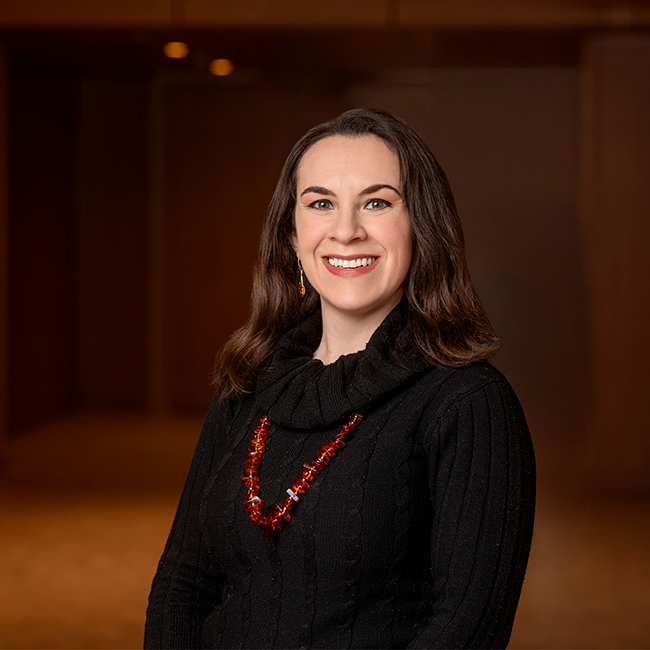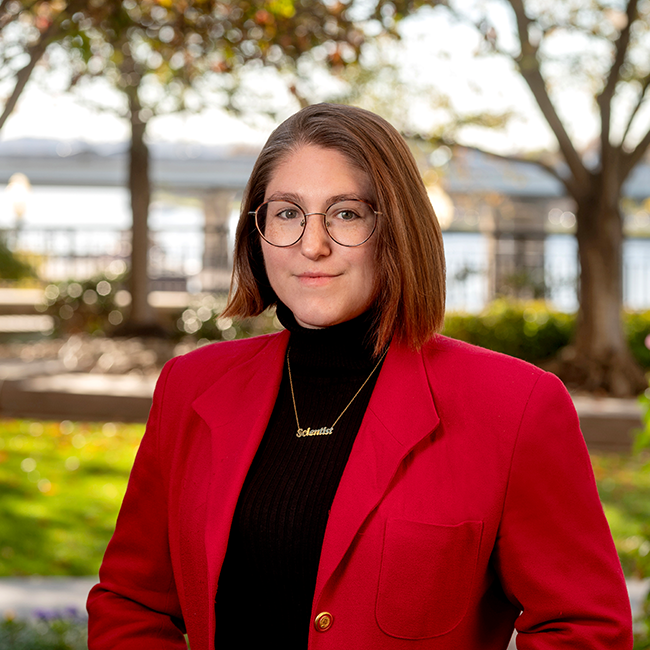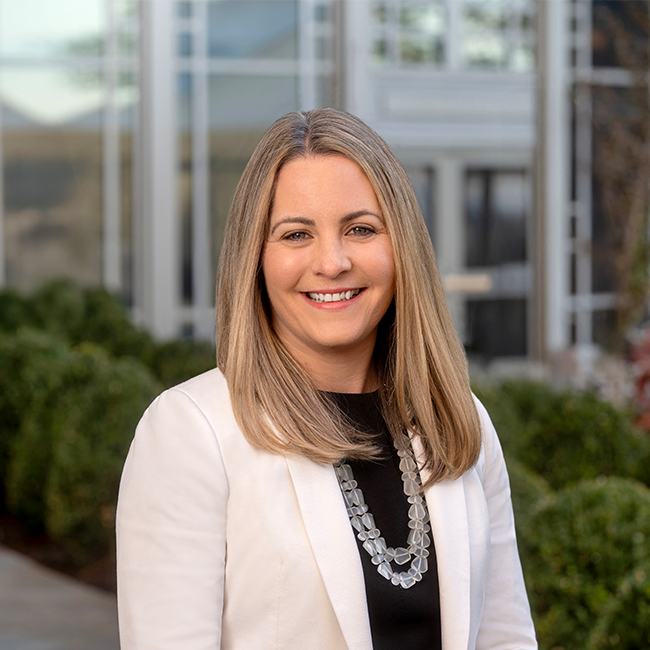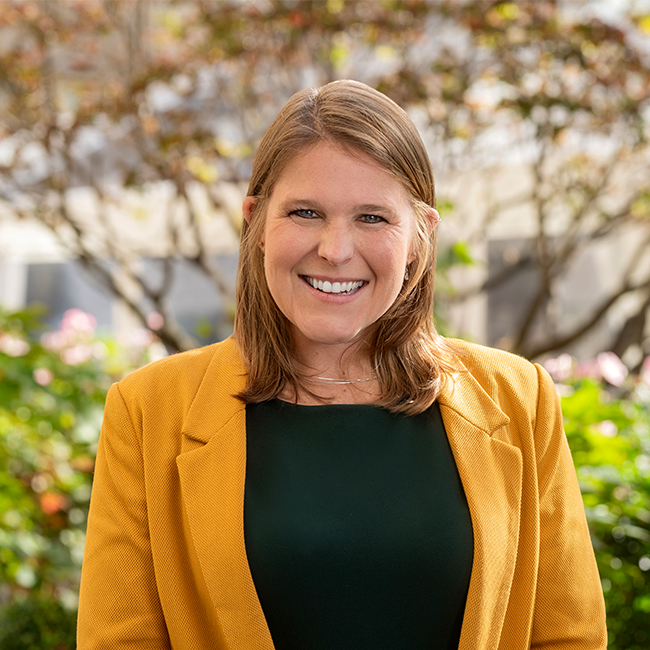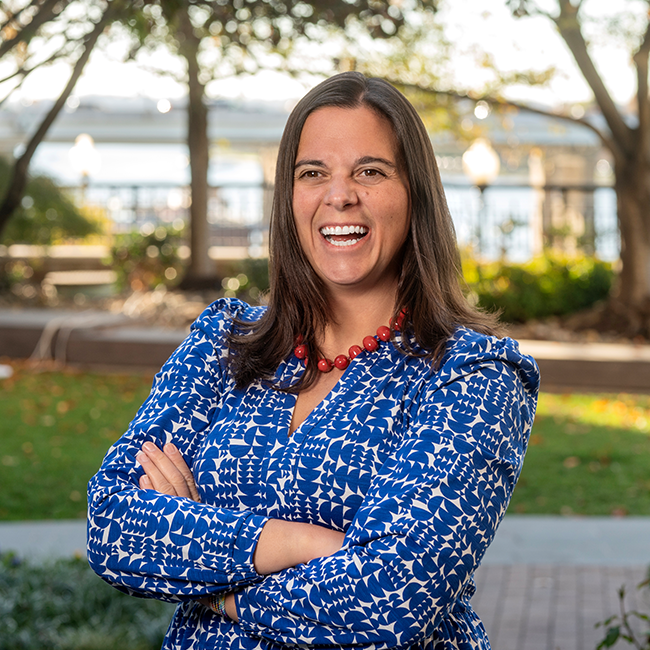To create positive and lasting social change, major improvements must be made at the systems level of an issue area. This entails reconfiguring policies, processes, and power structures to remedy complex issues such as poverty, social justice, health disparities, and more.
By targeting the root causes of major problems with a holistic approach, philanthropy has the potential to catalyze enduring, transformational changes. For a philanthropist, this could mean funding a variety of activities, including:
-
coalition building and grassroots organizing
-
awareness-raising and educational campaigns (including impact production)
-
nonprofit leadership development
-
policy
Targeting systems change can take many forms, for example:
-
addressing neighborhood conditions that shape health outcomes
-
reducing recidivism via comprehensive support to the formally incarcerated
When is it appropriate to consider systems change?
Philanthropic resources can help address many of the world’s challenges, but not all of them require a systems-change approach.
- A systems-change approach is more appropriate for problems that are complex, unpredictable, and context-dependent. For example, the challenge of inadequate access to educational opportunities for children from low-income neighborhoods cannot be addressed with a straightforward, logistical fix. Instead, philanthropists need to examine the underlying systemic issues that created economic inequality and inequitable access to education and then coordinate efforts with different stakeholders to attempt systems change.
-
A systems-change approach is not necessary for non-context-dependent problems that have straightforward, technical solutions. For example, if a university research lab lacks financial resources to undertake a biomedical research project, philanthropists can fill this needed resource gap by making a research grant to the institution.
-
You must have the appetite and capacity for systems change. In addition to evaluating whether or not the target problem requires a systems-change approach, it is also important to evaluate the feasibility of impact and the fit with your philanthropic goals. Systems change takes time, so you must be willing to commit to this endeavor for the long haul and with the level of resources needed to help move the needle on this cause. In addition, a funder can help contribute to systems change in a community if they have deep understandings of the problems facing the community and have strong relationships with key stakeholders. Consider these variables before attempting systems change philanthropy:
What marks the success of systems change?
An initiative attempting systems change is successful if it achieves the following:
-
delivers positive impacts to the end beneficiaries
-
creates changes to underlying dynamics among stakeholders within the system
-
commits to soliciting and incorporating feedback
-
generates evidence that you are learning and adapting effectively
What are some additional key considerations for systems change?
-
Lean on support systems. No individual philanthropist is positioned to trigger systems change alone. To amplify your impact, cultivate collaborators and allies who can reinforce the programs and interventions you plan to promote. You can team up with other funders who share your philanthropic goals and participate in cross-sector collaborations. Intermediaries that are focused on systems change such as Blue Meridian Partners, Tipping Point Community, Robin Hood, Co-Impact, and New Profit can facilitate collaboration by providing a valuable connection to pre-vetted, systems-change agents.
-
Find critical points of leverage. Identifying your key leverage points will enable you to maximize your contribution to systems change and magnify your impact. You can do so by identifying key opportunities for change within the system and matching your strength and capacity to these needs. For example, a coalition of foundations called the Partnership for Women’s Prosperity found policy change to be a key area of leverage to advance gender equality.
-
Make sure your scope is manageable. Given the complexity of systems change, we recommend focusing on one geography at a time. When possible and applicable, focusing on one city or region—known as place-based philanthropy—provides an attractive opportunity to trigger systems change within a manageable scale.
-
Set realistic expectations. Changes at the system level do not happen overnight. It’s important to enter into projects understanding that they will take time. As such, your funding commitments should be multi-year.
Additional Resources:
-
Where does your philanthropy currently stand regarding addressing systems change? Find out by taking the grantmaker self-assessment from Grantmakers for Effective Organizations.
-
Community practitioners and funders will appreciate this workbook for leading systems change from the New Leadership Network.
-
Become a systems thinker to advance your philanthropic impact. This article from Medium shares six concepts to make this evolution.
-
Want to understand both the path and practice of systems change philanthropy? New Philanthropy Capital’s guide breaks down the principles and perspectives.
-
This article from Forbes suggests tangible approaches to orient your philanthropy toward systems change.
-
This Nonprofit Quarterly article offers six practices to inform your systems-change philanthropy.
-
Need more resources on this topic? The nonprofit Grantmakers for Effective Organizations has curated a repository of tools and resources.








